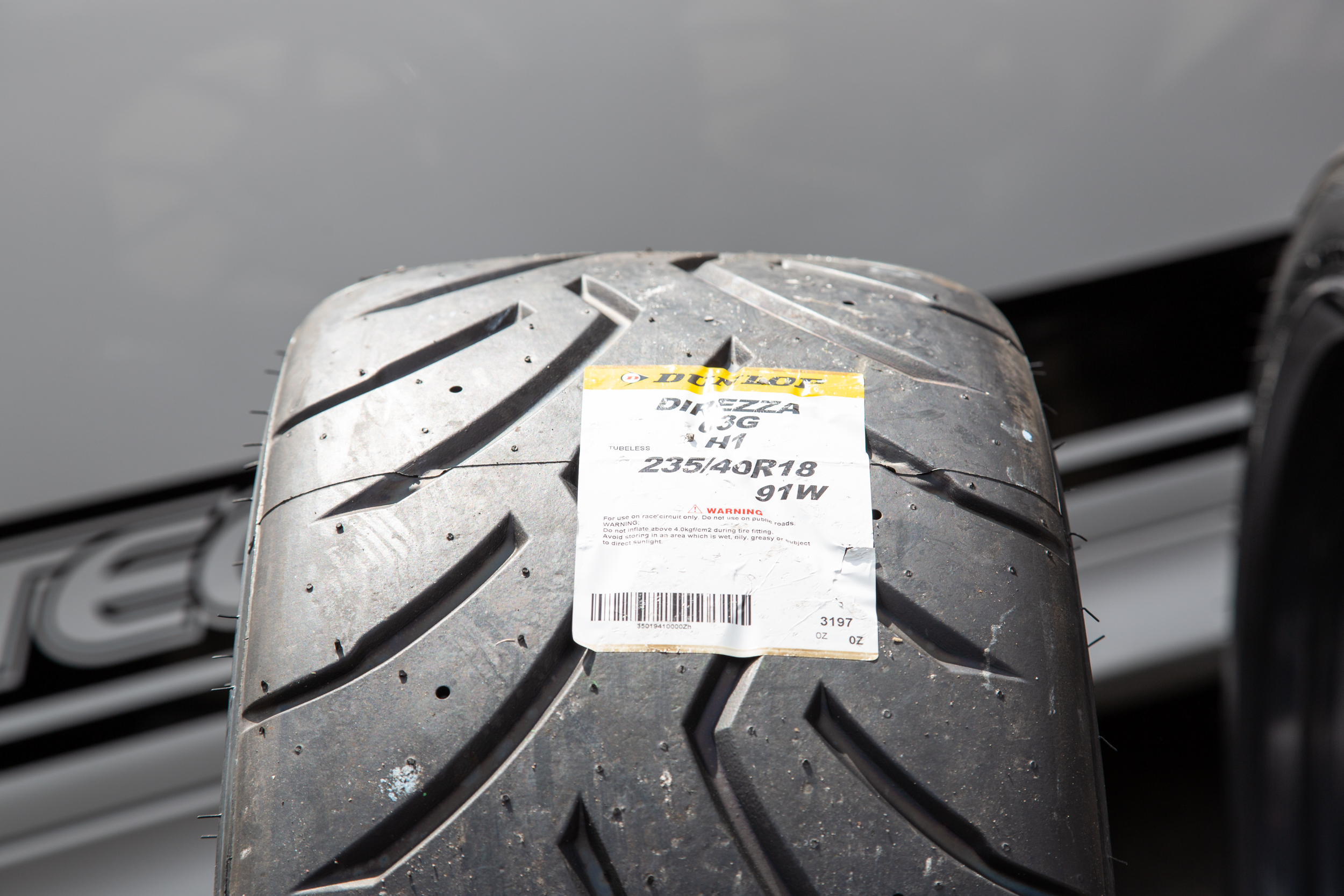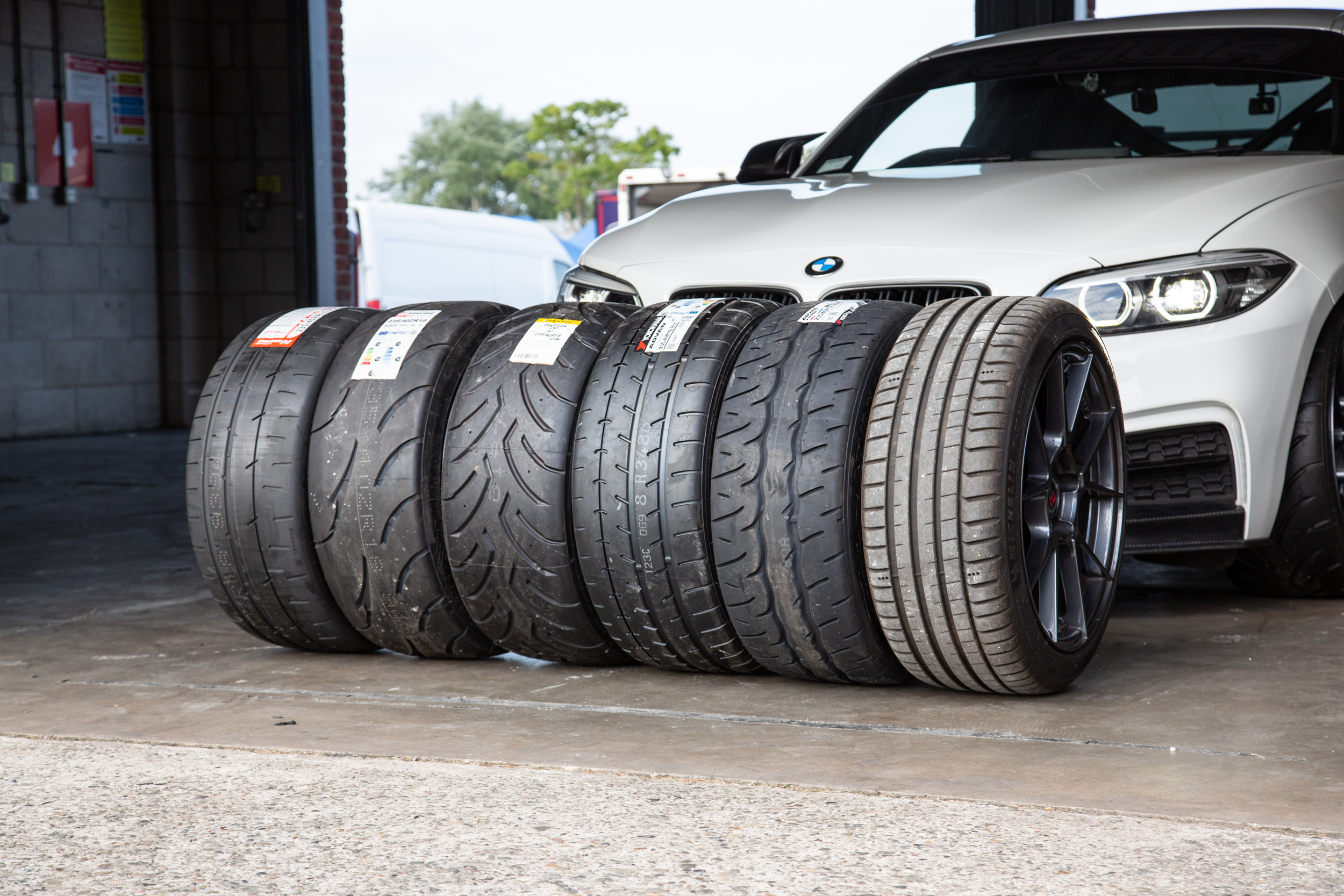All Categories
Featured
Table of Contents
I had the ability to obtain 100 hours out of among these tires, and while it had absolutely no tire lugs left on it, the soft substance made it function really wellas long as I was using a soft mousse. Kitt Stringer image Easy installing - 3Wear - 3Sidewall stamina - 3Performance on roots - 4Performance on damp rocks - 2Traction on dust - 5Cornering ability - 4Traction while stopping - 4Self-clearing of dirt and mud - 3Performance in mud - 3Overall predictability or monitoring - 3 _ 37 Final thought: This is an excellent all-around tire with good value for cash.

The wear was constant and I such as exactly how long it lasted and just how regular the feel was throughout use. This would likewise be a great tire for faster races as the lug size and spacing bit in well on rapid terrain. Kitt Stringer image Easy installing - 3Wear - 3Sidewall toughness - 3Performance on origins - 4Performance on wet rocks - 4Traction on dust - 4Cornering capacity - 4Traction while stopping - 5Self-clearing of dirt and mud - 4Performance in mud - 4Overall predictability or tracking - 4_42 Verdict: I liked this tire a lot.
If I needed to acquire a tire for hard enduro, this would remain in my leading option. Easy installing - 3Wear - 3Sidewall stamina - 3Performance on roots - 4Performance on wet rocks - 3Traction on dirt - 4Cornering capacity - 3Traction while braking - 3Self-clearing of dirt and mud - 4Performance in mud - 4Overall predictability or tracking - 3 _ 34 Final thought: This tire was very soft and pliable.
All the gummy tires I tested performed rather close for the very first 10 hours approximately, with the victors mosting likely to the softer tires that had better traction on rocks (Wheel alignment services). Investing in a gummy tire will most definitely offer you a solid benefit over a routine soft compound tire, yet you do pay for that benefit with quicker wear
Best Budget Car Tyres Near Me – Stirling
This is an excellent tire for spring and fall conditions where the dirt is soft with some wetness still in it. These tested race tires are great all about, but put on swiftly.
My general victor for a tough enduro tire. If I needed to invest money on a tire for everyday training and riding, I would choose this one.
Leading Tyre Fitting Services Near Me
I've been running a set of Michelin Power Pilot 2CT's on my track Daytona 675 for the previous year. Because time I have actually done 15 track days in all climates from cool damp to extremely hot and these tires have never missed out on a beat. Performance tyres. I have actually done almost 2,000 miles (3,200 kilometres) on them and as you can see from this shot of the front taken after very first session of my 15th track day on them, they still have quite a lot of rubber left on them
In brief the 2CT is an amazing track day tyre. If you're the kind of biker that is likely to come across both damp and completely dry conditions and is starting out on course days as I was in 2014, after that I think you'll be tough pressed to locate a better worth for cash and qualified tyre than the 2CT; a set of which will certainly set you back around 185 (US$ 300) in the UK.
Developing a much better all round road/track tyre than the 2CT have to have been a tough job for Michelin. The result of that initiative is the Michelin Pilot Power 3 which essentially replaces the Pure. Do not confuse this brand-new tire with the road going Pilot Road 3 which is not developed for track usage (although some cyclists do).
They motivate massive confidence and provide outstanding grip degrees in either the wet or the completely dry. When the Pilot Power 3 introduced, Michelin advised it as a 50:50% road: track tire. That message has just recently changed due to the fact that the tires are currently suggested as 85:15% road: track use instead. All the rider reports that I have actually read for the tire rate it as a far better tire than the 2CT in all locations but particularly in the wet.
Tyre And Wheel Services Near Me – Dianella WA
Technically there are numerous distinctions in between both tyres even though both make use of a double substance. Visually you can see that the 2CT has less grooves reduced into the tyre but that the grooves run to the side of the tyre. The Pilot Power 3 has more grooves for better water dispersal however these grooves don't get to the shoulder of the tyre.
One aspect of the Pilot Power 3 which is different to the 2CT is the brand-new 2CT+ modern technology which prolongs the harder center area under the softer shoulders (on the back tire). This must provide much more security and decrease any "wriggle" when speeding up out of corners regardless of the lighter weight and more adaptable nature of this new tyre.

I was a little uncertain concerning these reduced pressures, it transformed out that they were great and the tyres performed really well on track, and the rubber looked far better for it at the end of the day. Simply as a factor of referral, various other (rapid team) motorcyclists running Metzeler Racetecs were using tyre pressures around 22-24 psi for the back and 24-27 psi on the front.
Thinking of a far better all round road/track tire than the 2CT have to have been a hard job for Michelin. The result of that effort is the Michelin Pilot Power 3 which essentially replaces the Pure. Don't confuse this new tyre with the roadway going Pilot Roadway 3 which is not developed for track usage (although some cyclists do).
Tyre Deals Near Me ( Stirling)
When the Pilot Power 3 introduced, Michelin recommended it as a 50:50% road: track tire. All the rider reports that I've reviewed for the tyre price it as a much better tire than the 2CT in all locations but specifically in the wet.

Technically there are numerous distinctions in between both tyres also though both utilize a twin substance. Visually you can see that the 2CT has less grooves cut into the tyre but that the grooves run to the side of the tire. The Pilot Power 3 has even more grooves for much better water dispersal yet these grooves do not get to the shoulder of the tire.
One element of the Pilot Power 3 which is various to the 2CT is the brand-new 2CT+ modern technology which extends the harder center area under the softer shoulders (on the rear tire). This should give much more stability and decrease any kind of "wriggle" when increasing out of edges in spite of the lighter weight and more adaptable nature of this new tire.
Although I was slightly suspicious regarding these lower pressures, it transformed out that they were fine and the tires executed really well on course, and the rubber looked far better for it at the end of the day. Just as a point of reference, other (rapid group) cyclists running Metzeler Racetecs were making use of tyre stress around 22-24 psi for the back and 24-27 psi on the front
Table of Contents
Latest Posts
Best Tyre Upgrades – Swan
Reliable Vehicle Tyres Near Me – Kiara WA
Tyres Near Me
More
Latest Posts
Best Tyre Upgrades – Swan
Reliable Vehicle Tyres Near Me – Kiara WA
Tyres Near Me